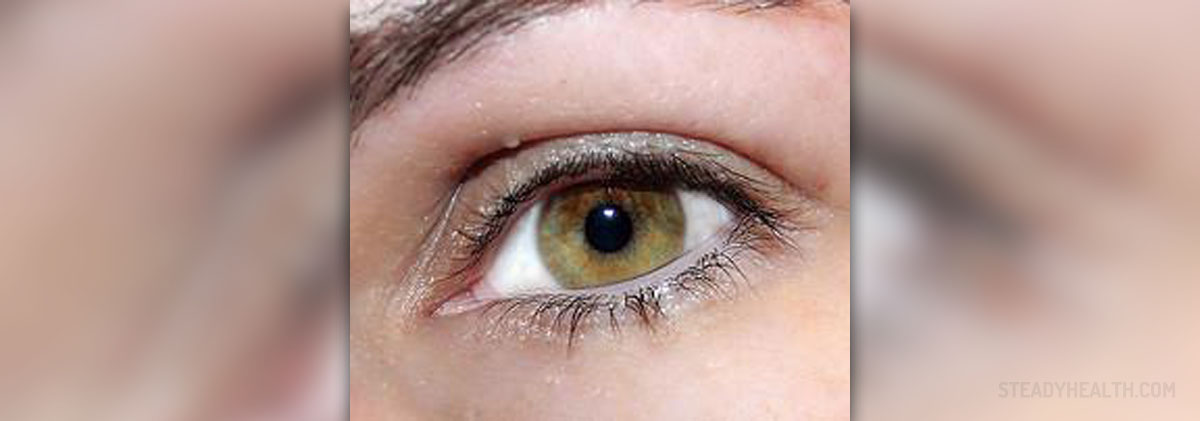
Visual field test is a type ofdiagnostic testing which determines how well one's entire scope ofvision is, including the central and the peripheral vision of aperson. This form of testing can be a tool for timely noticing andtreating of many brain and eye health-related problems.
Therefore, many people can preventvision loss even before any serious problems appear, only byundergoing visual field testing. If you desire to learn more aboutthis form of testing, read through the lines below.
Visual Field Test
Basically, visual field testing is aform of subjective observation where the patient needs to follow theinstructions given by the doctor in order for his/her visual field tobe assessed and screened for the presence of any possible problems.Once the testing is completed adequately, the patient receives dataabout his/her visual field and the doctor suggests the best possibletreatment if any problems are present.
Some of the main reasons for this formof vision testing are glaucoma detection, or diagnosis of some otherproblems related to the brain or to the eyes. Glaucoma is a conditionwhich manifests through damage of the cells of the optic nerve in theeye, leading to a gradual decrease in the vision field. This illnessappears mainly due to the increased pressure inside the eye. Someother vision problems which can be detected through visual fieldtesting are peripheral retinal disease, eyelid problems, optic nervedisease and brain pathway problems which are related to one's vision.
There are several methods though whichvisual field testing can be done. First of all, the patient canundergo confrontation visual field exam, also referred to as theDonder's test. Here, the examiner asks the patient to cover one ofhis/her eyes and stare at him/her. While the patent stares at theexaminer, the health expert moves his/her hand away from thepatient's visual field and, as he/she asks the patient to report oncehe/she can see the hand again. This is a simple form of testing,commonly performed before any of the following forms of visual fieldexaminations.
Tangent screen exam or Godmann fieldexam and automated perimetry exam are also types of visual fieldtesting. These procedures are described in the following lines.
How is Testing Done?
As far as the tangent screen exam isconcerned, here, the patient is asked to sit about one meter awayfrom the screen, observing the center of it without covering his/hereye. Once the patient is in this position, the doctor moves an objectinto the visual field of the patient. The latter, once he/she noticesthe object, is asked to report this. When the patient signals thathe/she can see the object, the doctor maps his/she visual field.
Yet, another form of visual fieldtesting is the automated perimetry exam where the patient is asked tosit in front of a concave device which has a specially marked centerwhich should be observed. Only a single eye is tested through thisvisual field. Therefore, the other eye is covered during theprocedure. The computer generates a light displayed at a randomintervals inside the device and the patient, once he sees the lightis instructed to press a special button. All the information abouthis/her visual field is stored in an automatically generated map.
These tests commonly do not last long.Basically, while confrontation method of this testing is carried outin 2 minutes, static field for glaucoma form of testing lasts for 8minutes while the frequency doubling analysis for glaucoma screeningtakes away about 10 minutes of your time. The longest-lasting form ofvisual form of testing is the kinetic Goldman field testing, being,on average 20 minutes long. Finally, the static field for completeglaucoma evaluation lasts for 15 minutes. Of course, some forms oftesting may last longer than others, depending on the reason behindthe screening and the results of it.
Visual field testing is usually coveredby insurance, especially when the patients suffer from glaucoma. Inthis case, they are allowed to have two free visual field tests ayear.
The best forms of this testing arethose which can store the data inside a computer since this allowsaccess to this information for future reference. This information canlater be printed, compared or sent to other health experts, duringthe treatment designated for each individual patient.
All in all, visual field testing is aninvaluable diagnostic tool for early detection of eye problems suchas glaucoma. Even though the patients may press the buttonaccidentally, leading to false positives or fail to react on time,leading to false negatives in the results, this form of testing isstill the most accurate one that medicine has for these purposes.Yet, for the sake of proper results, it is best to undergo thistesting after a good night's sleep, being concentrated andwell-rested.




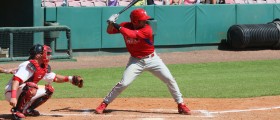


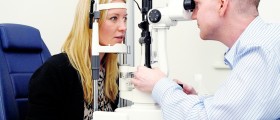
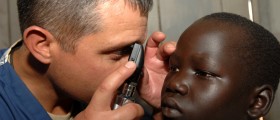

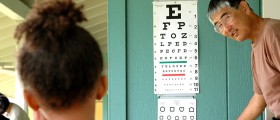
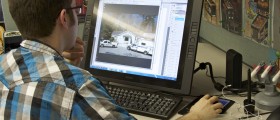
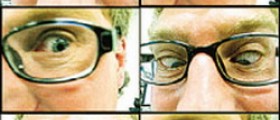




Your thoughts on this
Loading...